
Explore the evolution of dispatch scheduling software- from manual methods to AI-powered systems that predict delays, optimize routes, and boost delivery performance.
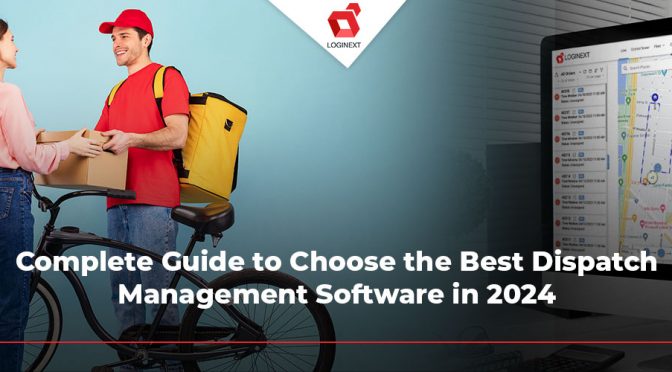
Optimize your logistics with the best dispatch management software in 2024. Learn key features, benefits, and expert tips to streamline your operations.
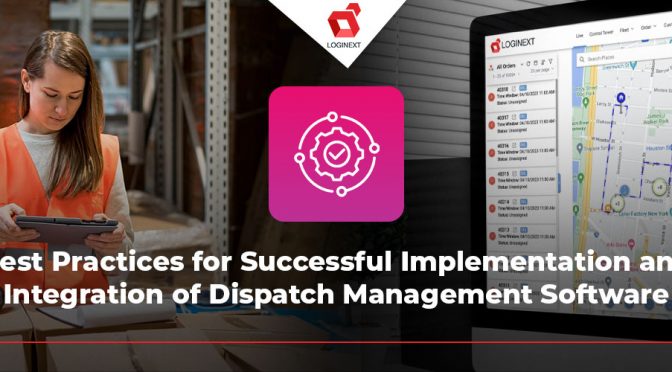
Discover key strategies for the successful implementation and integration of dispatch management software, boosting operational efficiency and reducing costs in logistics.
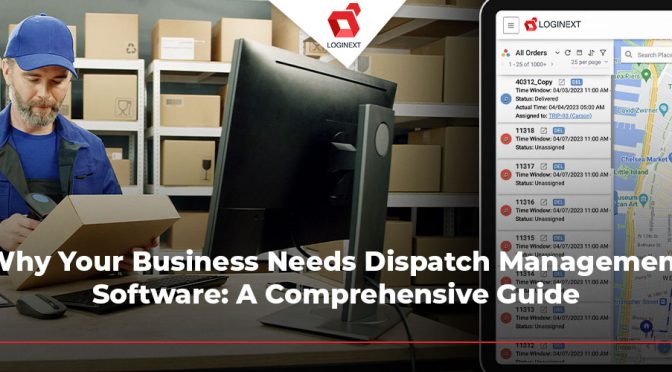
In the fast-paced logistics industry, dispatch management software is vital. It streamlines scheduling, tracks deliveries in real-time, and optimizes routes, helping companies reduce costs and meet customer demands.
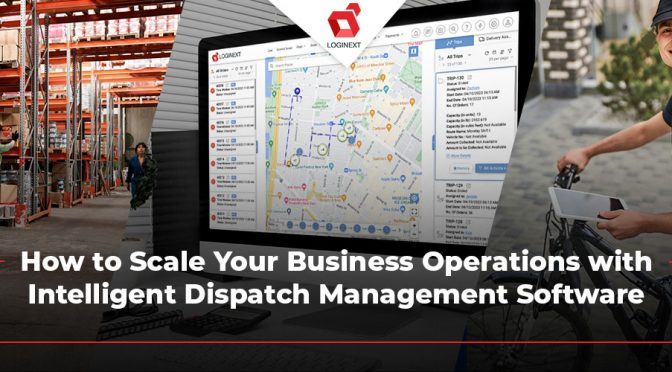
Intelligent dispatch management software automates scheduling, optimizes routes, and offers real-time tracking. Learn how it helps small to enterprise businesses scale, cut costs, and boost efficiency.
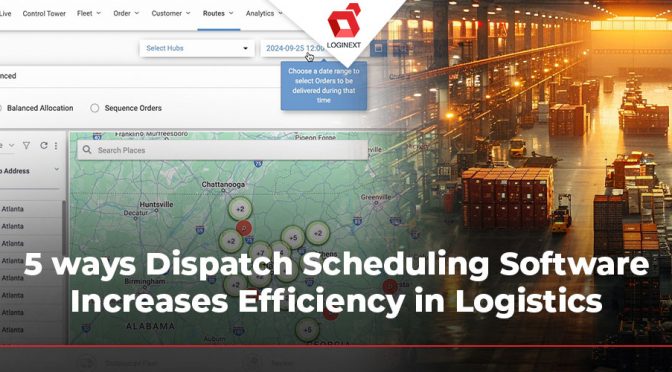
In logistics, dispatch scheduling software is essential for optimizing operations. This blog outlines five key ways it enhances efficiency, including automating task allocation, real-time fleet management, and optimizing routes, ultimately improving delivery times and customer satisfaction.
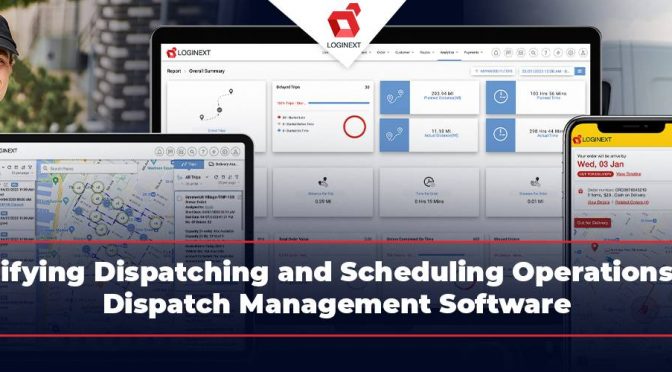
This article describes how a logistics company can benefit from dispatch management software. It explains how dispatchers can easily assign orders, optimize routes, and track the progress of their drivers.
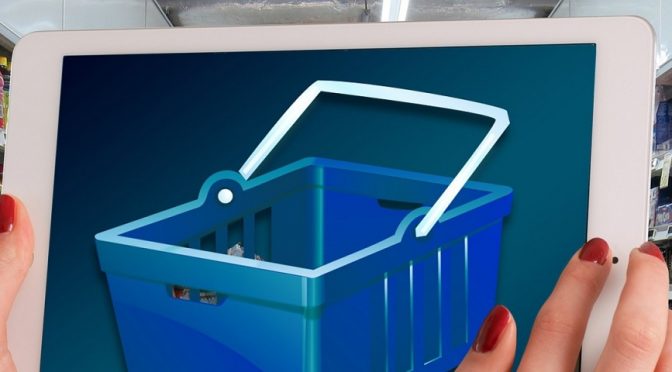
Retail and e-commerce are moving fast and merging along the line into a singular platform. What is driving this behavior for these mega-entities? What is the one factor which is bringing all of retail and e-commerce onto one platform?
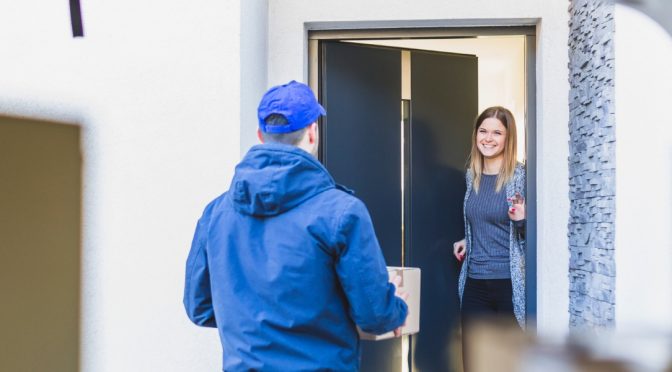
The Southeast Asian region would grow at 32% CAGR, reaching about $88 billion by 2025, Indian shores have taken up e-commerce strongly. Here, the market is slated to reach $64 billion by 2020, $200 billion by 2026, and surpass the U.S market by 2034
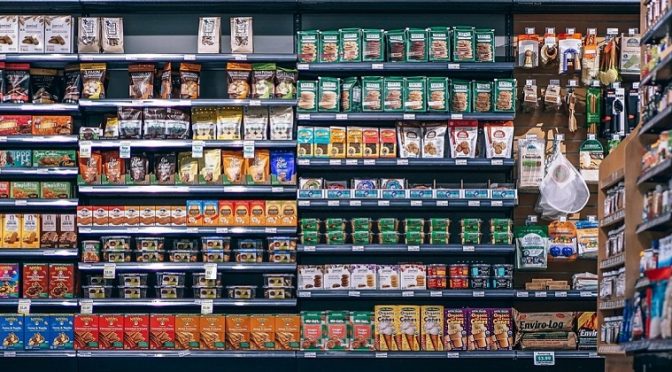
Retail, as we grown to recognize it, might not exist in the near future. This isn’t another retail doom warning. On the contrary, it’s about how the retail and e-commerce space is fast evolving. These players must give convenience wrapped in a neat delivery experience.

